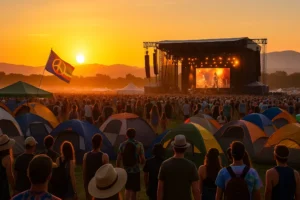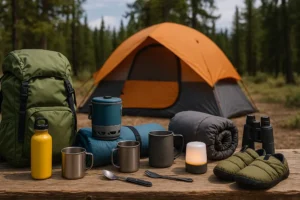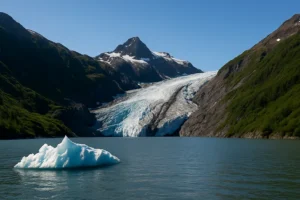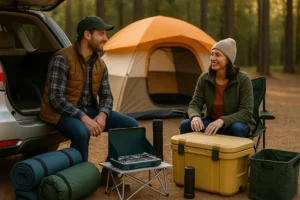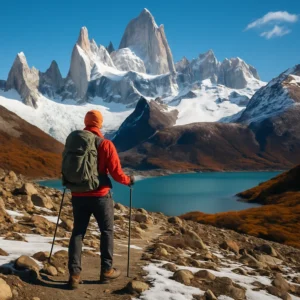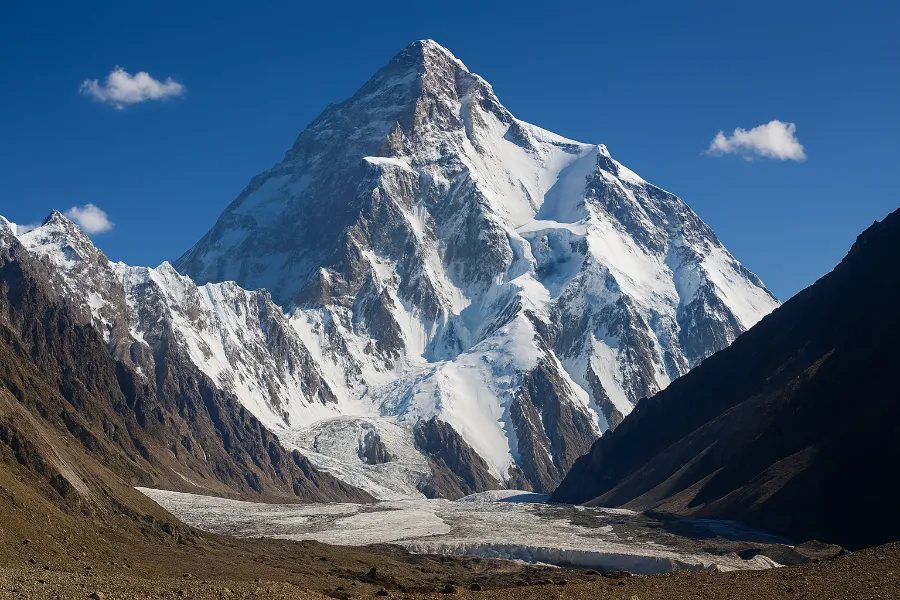
Nangma Valley is no ordinary trekking destination. Tucked deep in the Karakoram Range of Pakistan’s Gilgit-Baltistan region, it is often called the “Yosemite of Pakistan.” The nickname hints at its sheer granite walls and breathtaking alpine meadows, but truthfully, it doesn’t quite capture the raw magnificence of the place. Imagine towering spires that pierce the sky, ancient glaciers spilling down valleys, and meadows so green they look like something out of a painter’s dream. That is Nangma Valley.
For years, this high-altitude paradise remained off the radar for most travelers. Restricted access, challenging logistics, and limited promotion kept it relatively unknown compared to the crowded trails of Nepal or India. But now, with improved accessibility, streamlined visa processes, and the rise of small-group guided tours, Nangma Valley is stepping into the global spotlight. And it deserves every bit of attention it gets.
Where Exactly Is Nangma Valley?
Nangma Valley lies within Baltistan, a region of Pakistan known for its dramatic landscapes and deep cultural roots. This is the same territory that holds K2, the second-highest mountain on Earth, and five of the world’s fourteen 8,000-meter giants. To reach the valley, most travelers first fly into Islamabad, then catch a short but thrilling domestic flight to Skardu. From there, a drive winds through narrow cliffside roads and jade-green rivers until you arrive at the small village of Kanday — the trailhead to Nangma Valley.
At just over 16 miles long with an elevation gain of about 5,000 feet, the trek into the valley is manageable for moderately fit hikers. Unlike the perilous climbs toward K2 Basecamp, trekking Nangma Valley requires no special permits and no technical skills. It is accessible yet still thrillingly remote.
Landscapes That Take Your Breath Away
If there is one thing that defines Nangma Valley, it is its landscapes. Two parallel granite walls rise more than 3,000 feet, forming a natural amphitheater of rock spires, snow peaks, and glacial streams. These towers rival Yosemite’s El Capitan and Half Dome — only at higher altitudes and in far wilder surroundings.
Spring covers the valley in wildflowers, while summer brings lush alpine greenery. In autumn, the meadows shift to fiery hues, and winter drapes the landscape in a pristine blanket of snow. Each season transforms the valley into a different kind of masterpiece, rewarding trekkers year-round.
Along the way, braided streams cut across meadows where apricot trees bloom and free-grazing cows wander. Higher up, glaciers glisten in the sunlight, feeding rivers that tumble down through rock and forest. Whether it’s a sunrise lighting up Shingu Charpa’s needle-like summit or a sunset turning Amin Brakk golden, the drama of the scenery is never-ending.
Trekking the Nangma Valley Trail
The classic route begins in Kanday, leading to the first major campsite at Mingulo Broq. At 11,480 feet, it’s a wide meadow surrounded by peaks — a perfect acclimatization stop. The hike to this point takes two to three hours, giving trekkers plenty of time to adjust and take in the surroundings.
From there, the trail continues toward Nangma Valley proper, climbing to around 13,000 feet. This section brings trekkers into a glacial cirque framed by some of the Karakoram’s most spectacular peaks, including Amin Brakk, Changi Tower, K6, and King & Son Peak. Campsites here are set against backdrops so staggering that it’s hard to believe they’re real.
More ambitious hikers often continue toward Amin Brakk Basecamp, a challenging but rewarding route that climbs to nearly 19,200 feet. Known as the “Great Tower of Pakistan,” Amin Brakk is a world-renowned big-wall climbing destination, first summited in 1999 by a Spanish team. For technical climbers, this granite monolith is the ultimate test.
Wildlife and Biodiversity
Nangma Valley is not just about rocks and peaks. The valley is alive with biodiversity. Snow leopards roam these mountains, though spotting one is rare and unforgettable. Himalayan ibexes balance effortlessly on sheer cliffs, while marmots scamper across meadows. Red-billed choughs and other mountain birds circle the skies.
The plant life is equally rich. Juniper groves, wildflowers, and alpine herbs dot the valley, painting the landscape with seasonal colors. For nature enthusiasts and photographers, every step reveals something new.
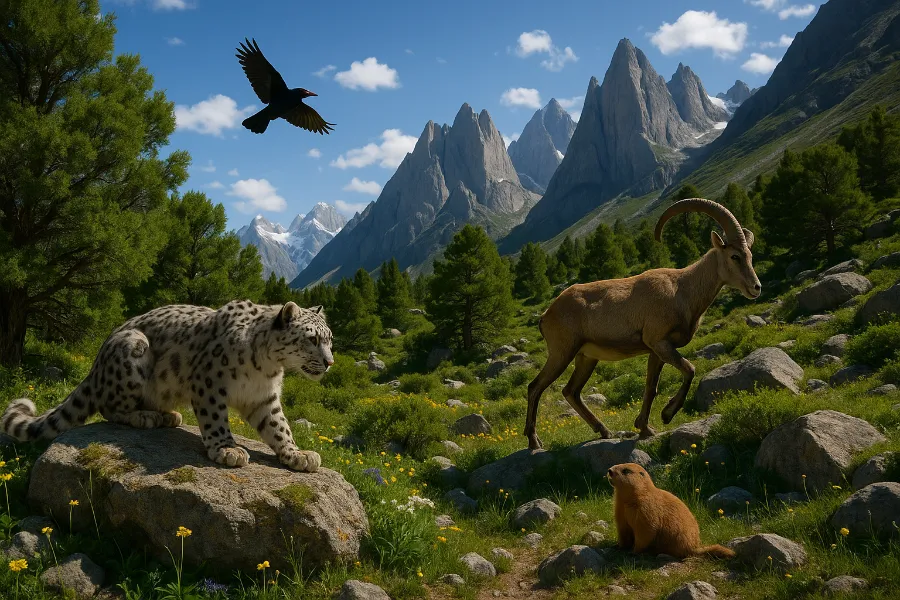
Meeting the People of Baltistan
One of the most memorable parts of trekking Nangma Valley is meeting the Balti people. Hospitality here runs deep, and encounters with locals often linger in a traveler’s memory long after the trek ends. In Kanday and nearby villages, you’ll see traditional mud-and-stone houses, terraced fields, and orchards of apricot trees.
Meals often include daal (lentils), pilau rice, flatbreads, and, for trekkers lucky enough to join a guided group, creative dishes prepared by seasoned mountain cooks. Some travelers even report feasting on “mountain pizza” or freshly made flan at 12,000 feet — a reminder that Pakistani hospitality reaches every altitude.
Festivals and cultural traditions also add depth to the experience. From harvest celebrations to impromptu cricket matches with porters, moments of connection are everywhere. The blend of raw wilderness and warm human connection makes Nangma Valley truly special.
Rock Climbing and Adventure Beyond Trekking
For climbers, Nangma Valley is paradise. Its granite walls and spires have drawn elite climbers from around the world. Routes on Amin Brakk, Shingu Charpa, and Changi Tower are considered some of the most challenging in the Karakoram.
Even if climbing vertical granite isn’t your goal, the valley offers plenty of adventure. Exploring glaciers, camping under star-filled skies, or day hikes to lesser-known peaks make every visit unique. At night, with little light pollution, the Milky Way stretches across the sky — a spectacle as unforgettable as the mountains themselves.
Practical Travel Information
Best time to visit: The trekking season runs from April to late September. Spring and autumn are particularly popular for their clear skies and vivid colors. Winters are harsh, with temperatures in Skardu dropping to -15°C.
Accommodation: Options include camping (the most common), basic tea houses, and a few guesthouses in nearby villages. Guided treks often provide tents, meals, and porters.
What to pack: Sturdy boots, layered clothing, a warm sleeping bag, and a first aid kit are essentials. Weather can shift suddenly, so being prepared is critical.
Safety: Altitude is the main concern. Take time to acclimatize, drink plenty of water, and know the signs of altitude sickness. Hiring a local guide or joining a group trek can greatly enhance safety and experience.
The Future of Nangma Valley Tourism
Tourism in Nangma Valley is still in its early stages. Just a few years ago, fewer than five trekking groups visited each season. Now, thanks to operators like Intrepid Travel and Beyond the Valley, dozens of groups make the journey each summer. This shift provides safer, steadier work for local porters and supports village economies.
Yet the valley remains relatively untouched. Sustainable tourism practices — fair wages for porters, environmentally conscious trekking, and respect for local culture — will determine whether Nangma Valley can retain its unique character. Visitors have an important role in ensuring that growth does not come at the cost of its fragile ecosystem.

Why Nangma Valley Belongs on Your Bucket List
If you’re searching for a trek that combines raw natural beauty, cultural richness, and a sense of solitude, Nangma Valley should be at the top of your list. Unlike Everest Basecamp or Nepal’s Annapurna Circuit, this valley remains quiet, pristine, and remarkably wild.
Standing in the heart of the valley, surrounded by sheer granite walls and alpine meadows, it’s easy to see why many call Nangma Valley one of the most beautiful trekking destinations in the world. Whether you’re drawn by the thrill of adventure, the chance to connect with local culture, or simply the serenity of untouched nature, this valley delivers.
Nangma Valley is more than just a trek. It’s an experience that stays with you long after you’ve left its mountains behind.


